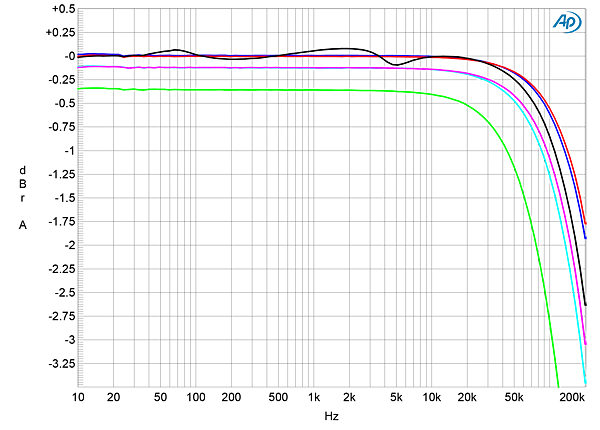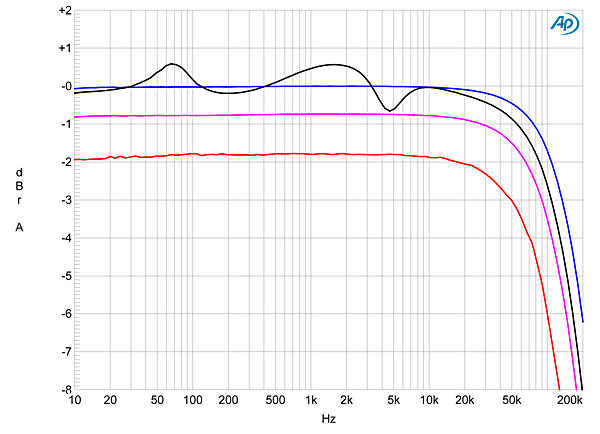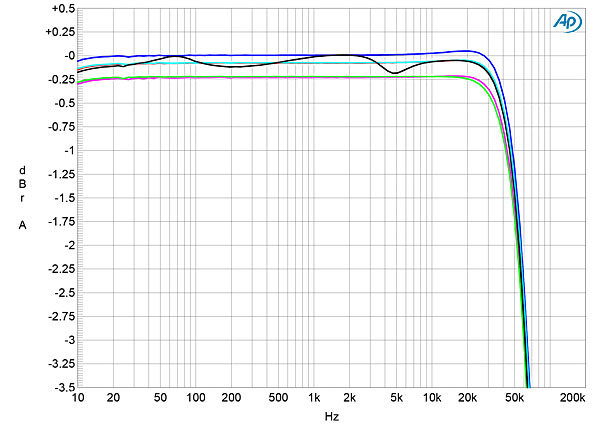I have been thinking that measuring the FR of an amp under a constant simulated load (eg. 8ohms) may not be accurate. Not doubt we have seen that most amps are able to show constant ruler flat line for FR (I just use the Krell KAV-400XI as an example). What I wanted to highlight is the difference in level for each impedance. 4 ohm is around 0.25db while 2 ohm is ~0.75db. Important thing is they are not the same. I have already put the link for the Evo 600. ITs still flat but the difference between each impedence is much smaller (~0.12db for 4ohm and ~0.4db for 2 ohms).
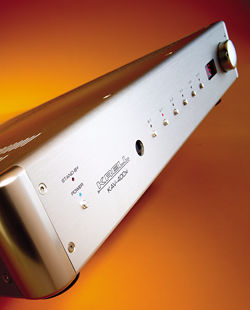
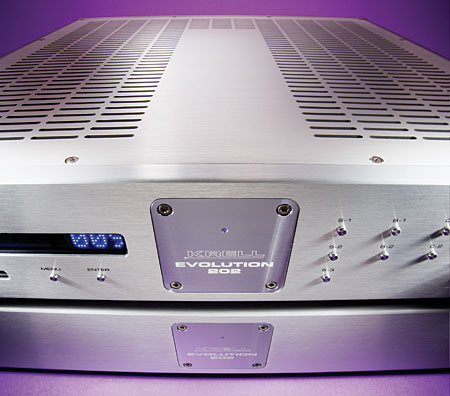
 www.stereophile.com
www.stereophile.com
Next look at the impedence of the Dynaudio Special 40 (just an exmaple). Its rated at 6 ohm but if you look at the graph, it varies alot depending on the FR. Such variations in impedance is typical for vast majority of the speakers.
 www.stereophile.com
www.stereophile.com
So far, the tests done was for fixed impedance. We assume the impedance is constant at 8/4/2ohmes (most commonly tested). But, we know that this is not the case in the real world. Impedance varies at difference frequency.
Do you think the FR of an amp will vary due to the changes in the impedance of the speaker or will it still be a straight line? IF we use a varying simulated load to test the output of each amp, I feel we are not going to get a stragiht line and different amps will likely get different FR.
I would say that the only time we can still get a straight line is that there is 0 difference in sound level with regards to impedance.
Another thing is that the THD is likely to be different as well. IF you look at the Evo 600 THD into 8/4/2 ohm load, they are different. So, I am also thinking if the THD will vary if we use a varying simulated load (to mimic that of a speaker).


Krell Evolution 202 preamplifier & 600 monoblock power amplifier Measurements
Sidebar 3: Measurements I don't have the necessary equipment to test the Krell components in their current-mode (CAST) operation. Therefore, I performed all the technical tests using conventional voltage-mode drive, in both balanced and unbalanced operation.
Next look at the impedence of the Dynaudio Special 40 (just an exmaple). Its rated at 6 ohm but if you look at the graph, it varies alot depending on the FR. Such variations in impedance is typical for vast majority of the speakers.
Dynaudio Special Forty loudspeaker Measurements
Sidebar 3: Measurements I used DRA Labs' MLSSA system and a calibrated DPA 4006 microphone to measure the Dynaudio Special Forty's frequency response in the farfield, and an Earthworks QTC-40 for the nearfield and spatially averaged room responses.
So far, the tests done was for fixed impedance. We assume the impedance is constant at 8/4/2ohmes (most commonly tested). But, we know that this is not the case in the real world. Impedance varies at difference frequency.
Do you think the FR of an amp will vary due to the changes in the impedance of the speaker or will it still be a straight line? IF we use a varying simulated load to test the output of each amp, I feel we are not going to get a stragiht line and different amps will likely get different FR.
I would say that the only time we can still get a straight line is that there is 0 difference in sound level with regards to impedance.
Another thing is that the THD is likely to be different as well. IF you look at the Evo 600 THD into 8/4/2 ohm load, they are different. So, I am also thinking if the THD will vary if we use a varying simulated load (to mimic that of a speaker).

